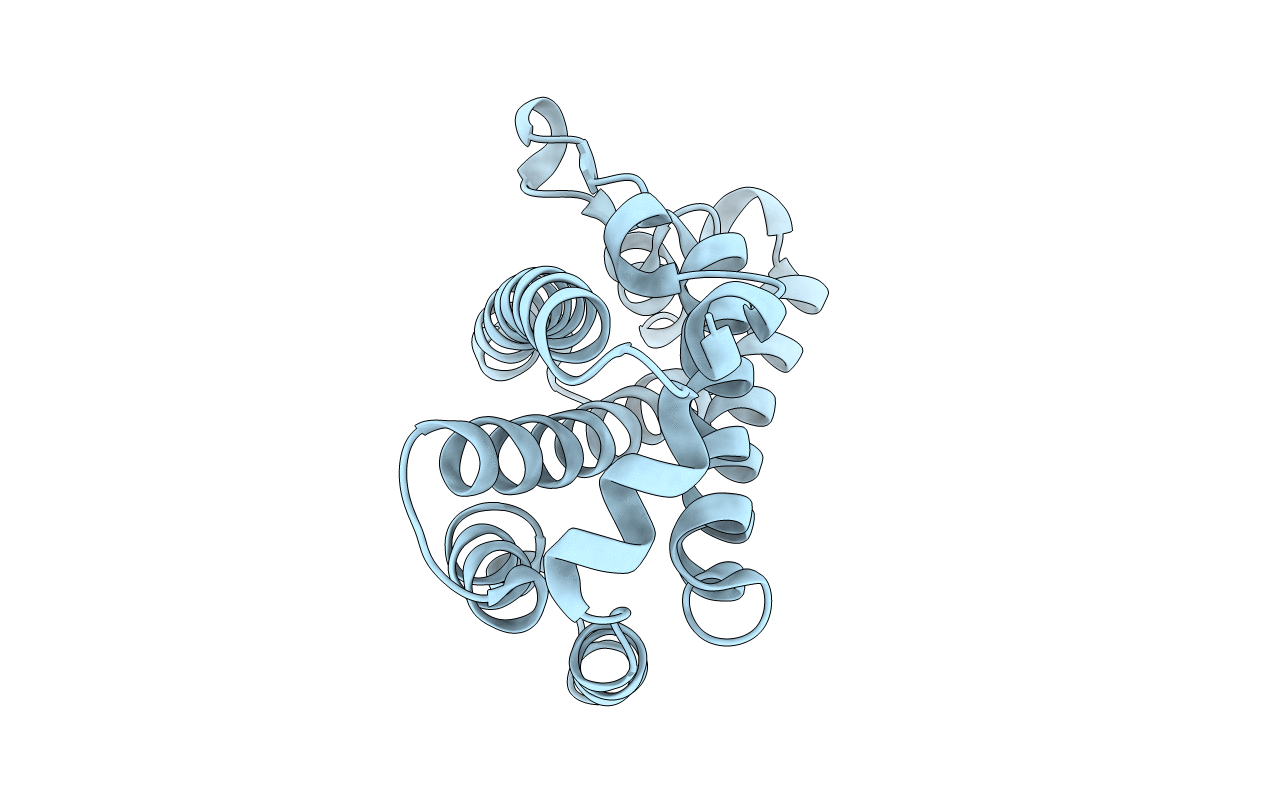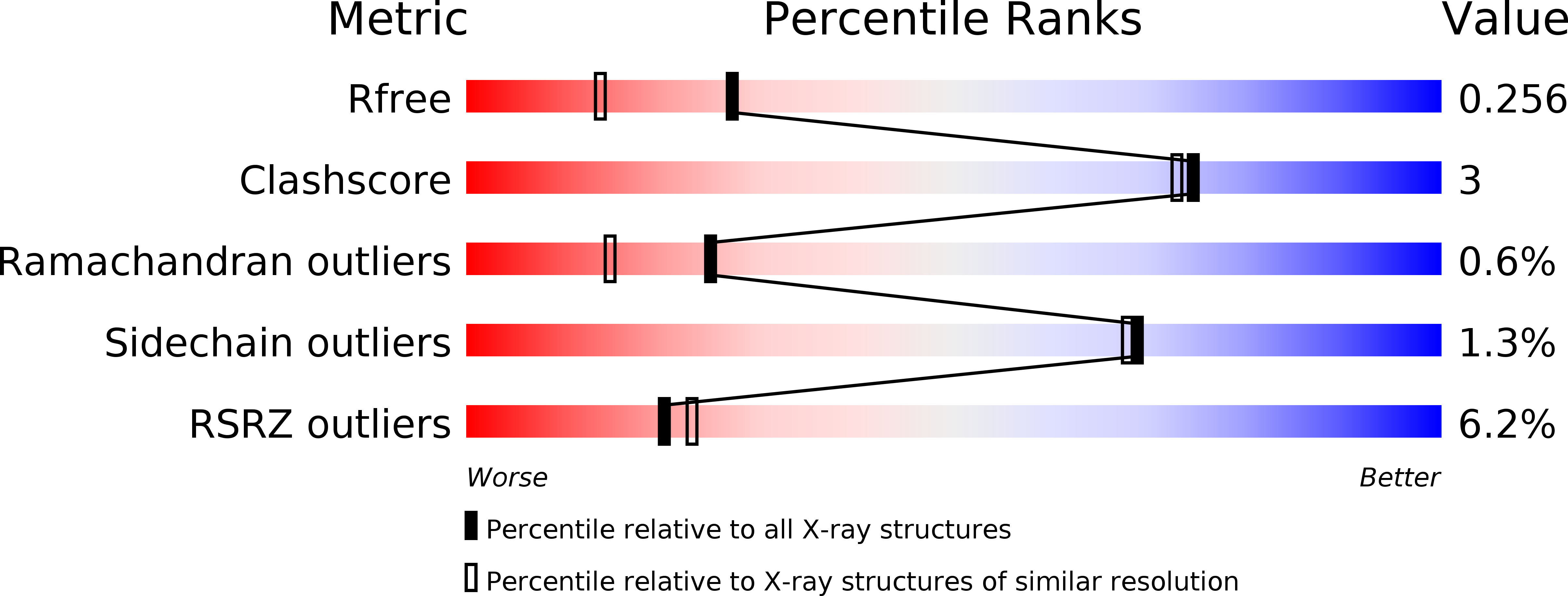
Deposition Date
2009-11-28
Release Date
2010-02-23
Last Version Date
2023-09-06
Entry Detail
PDB ID:
3KV0
Keywords:
Title:
Crystal structure of HET-C2: A FUNGAL GLYCOLIPID TRANSFER PROTEIN (GLTP)
Biological Source:
Source Organism:
Podospora anserina (Taxon ID: 5145)
Host Organism:
Method Details:
Experimental Method:
Resolution:
1.90 Å
R-Value Free:
0.24
R-Value Work:
0.21
R-Value Observed:
0.21
Space Group:
P 41 21 2


